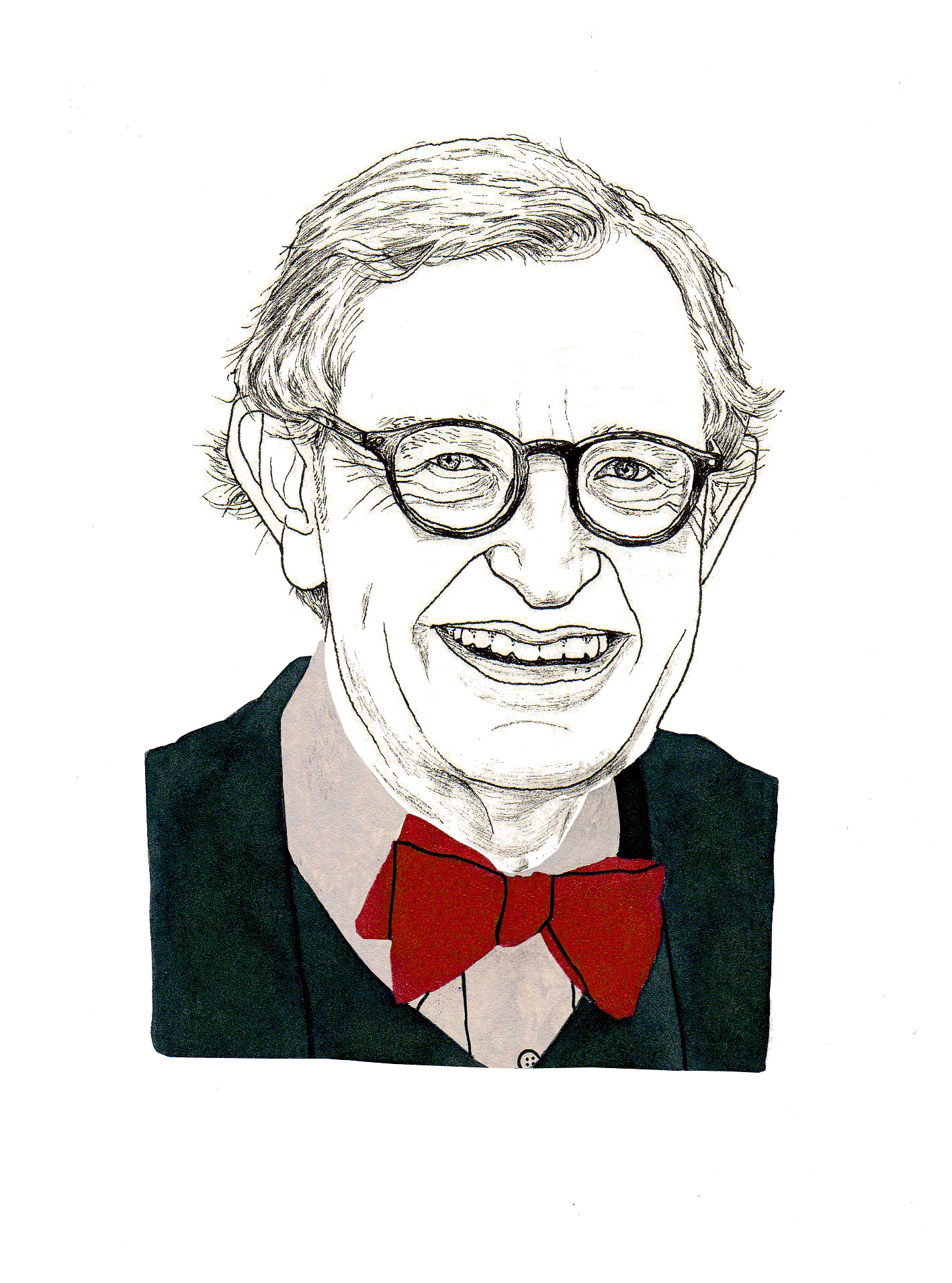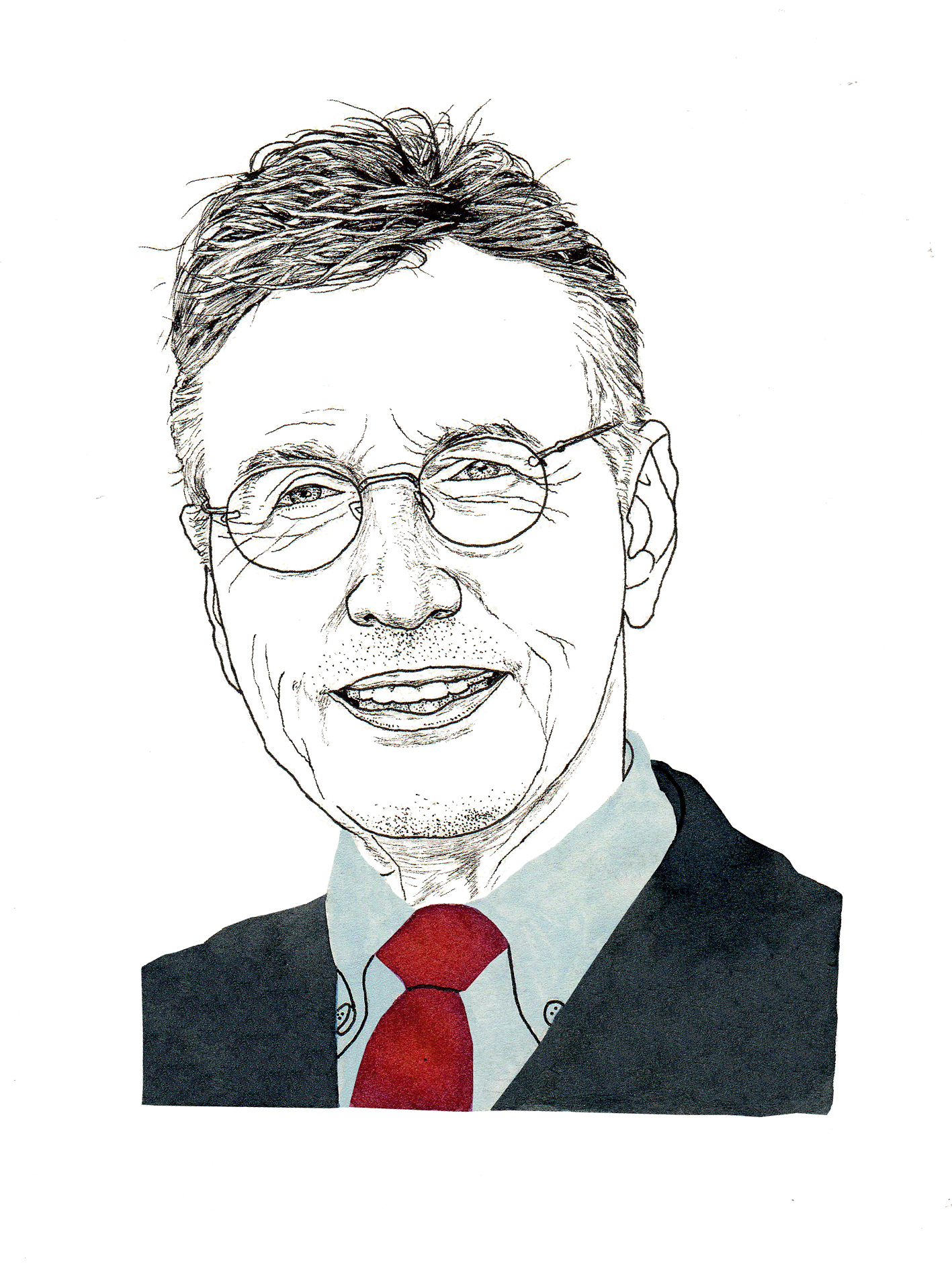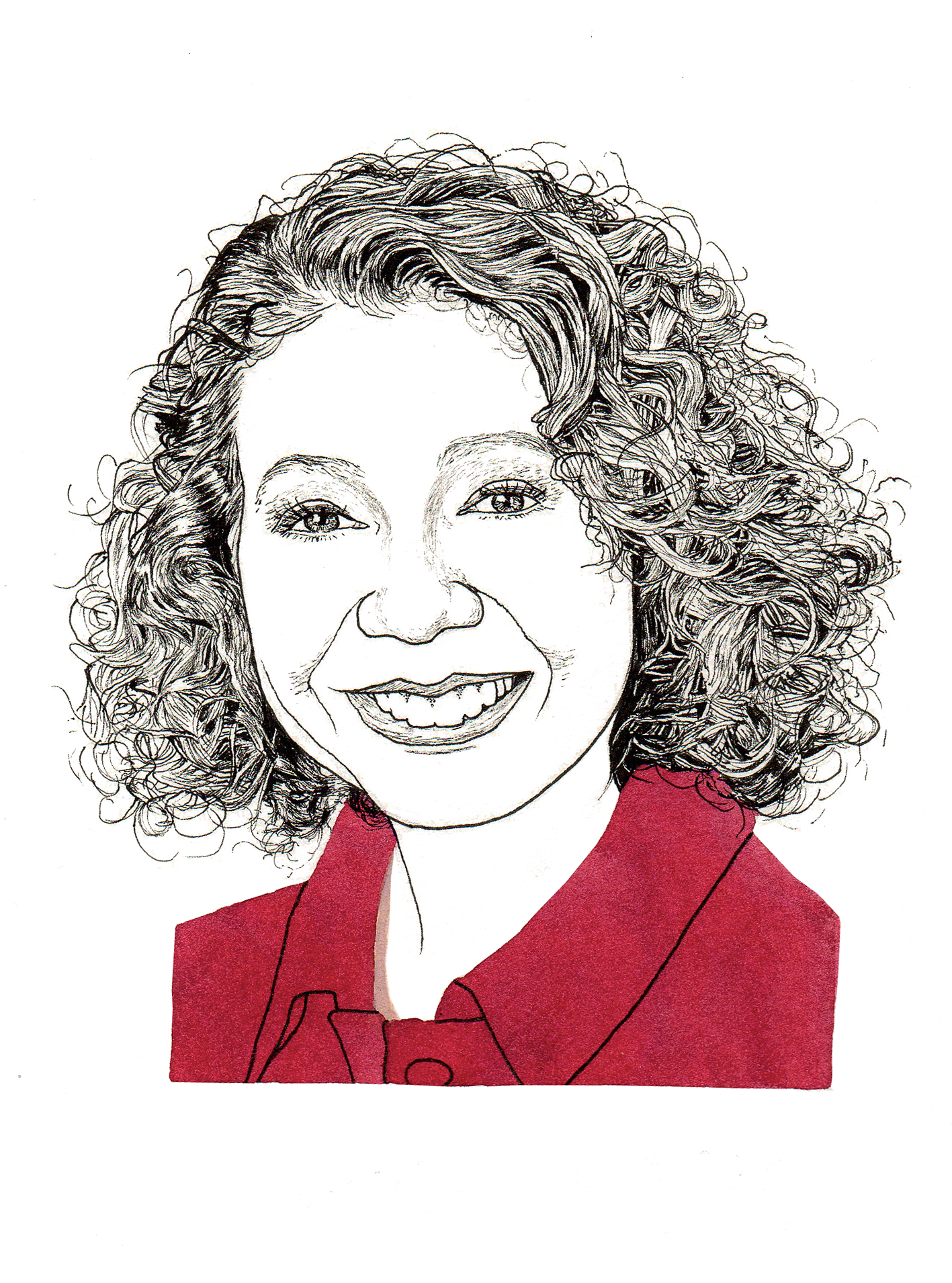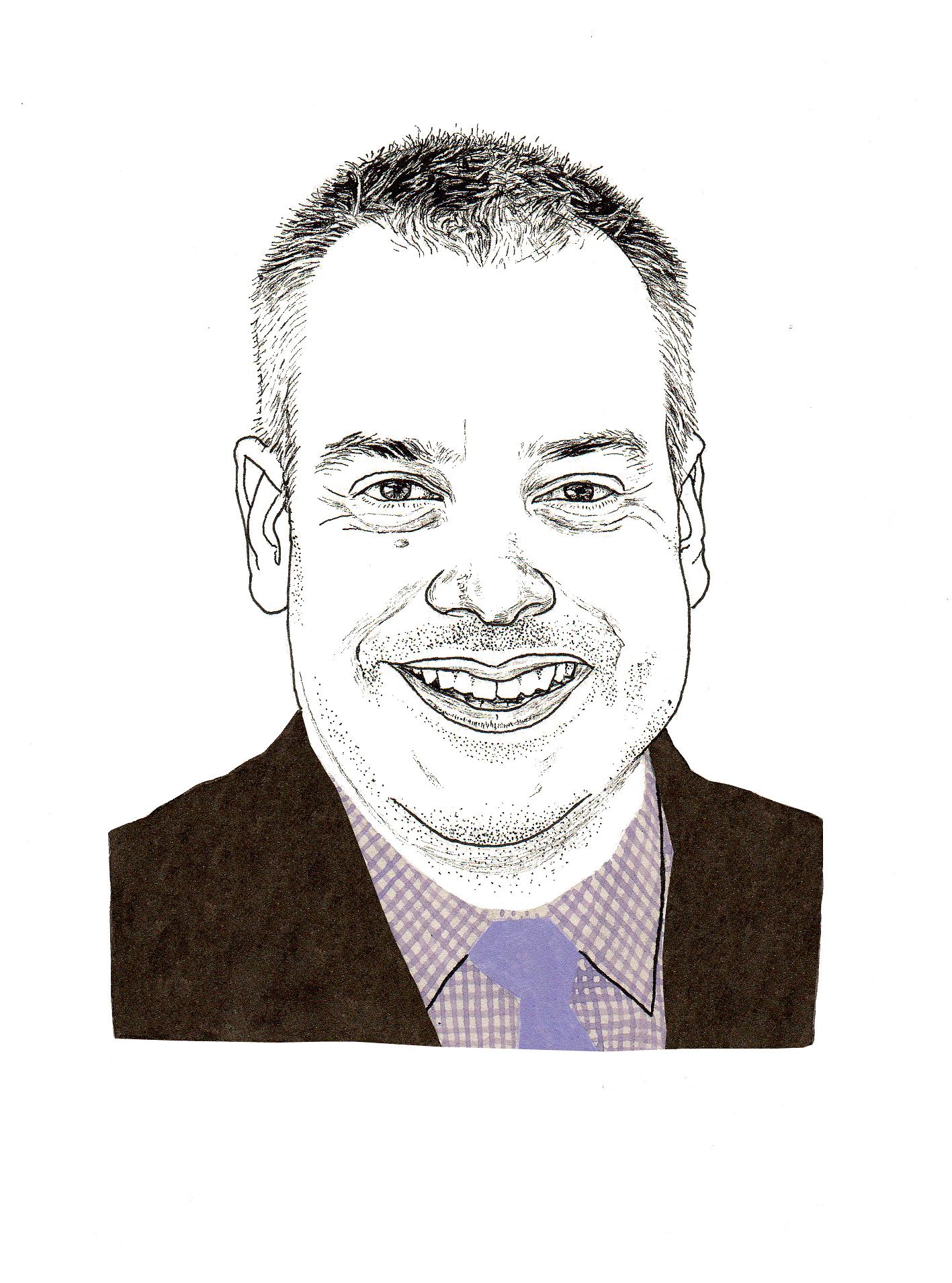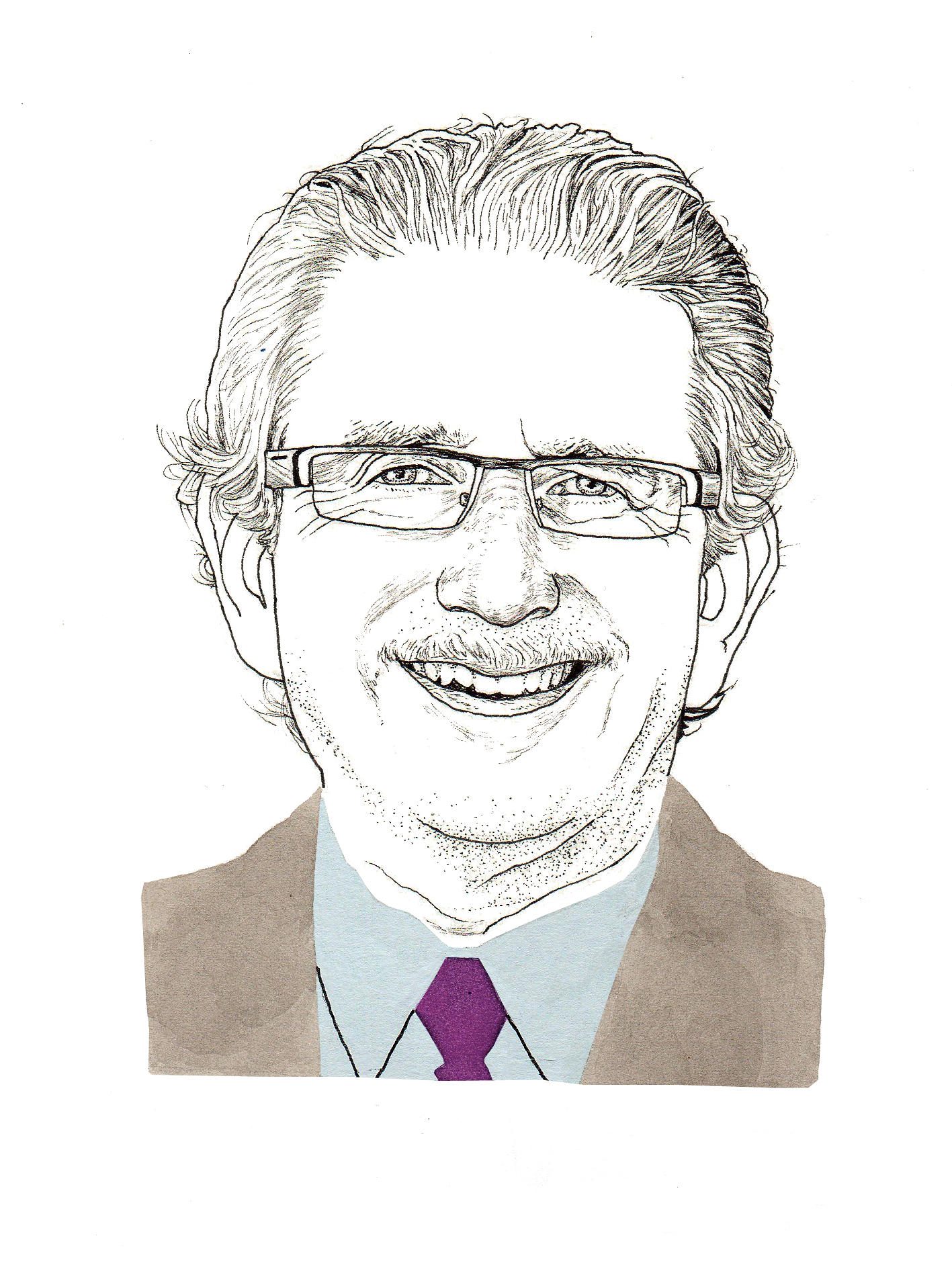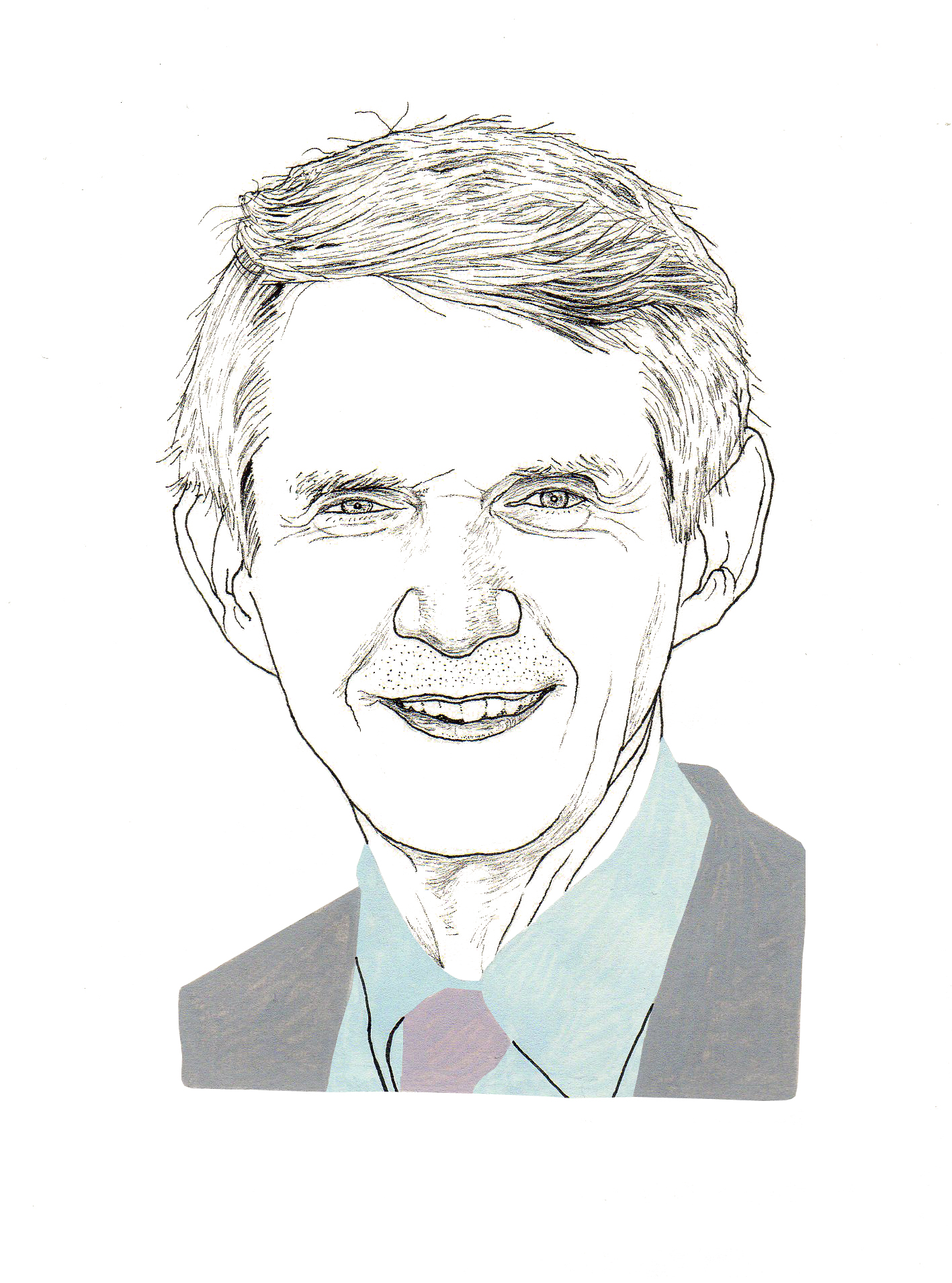Keeping an Eye on the Stars
Being a higher-education president today isn't for the fainthearted. Having a vision helps
Being a higher-education president today isn't for the fainthearted. Having a vision helps
Joseph Hankin (Ed.D. ’67) has led Westchester Community College through 41 years of budget crises, union negotiations, tenure battles and construction projects. His biggest point of pride: WCC, through outposts in public libraries, empty retail space and factories throughout the county, can now claim as many students in continuing education as in the for-credit programs offered on its Valhalla, New York, campus.
“You have to get out to where the people are,” Hankin says. “You have to be cross-eyed: one eye on the stars, another on the minutiae on your desk.”
Keeping an eye on the stars may be the best answer to the warning that E. Gordon Gee (Ed.D. ’72), President of The Ohio State University, keeps posted over his desk: “If you don’t like change, you’re going to like irrelevance even less.”
“It’s a challenging time to be president of a university,” says Gee, who has led five since 1981. “We think people will just want their kids to come here. But the truth is, they question our value and our cost, and they are interested in alternative delivery systems.”
Gee and others agree: To address those challenges, as well as shrinking public funding and a student population that grows ever more diverse, both culturally and in its academic abilities, a president does indeed need to keep an eye on the stars. Gee, for example, is seeking to reinvent Ohio State as “a knowledge city,” as he put it in a recent speech – “a crucible of discovery, innovation and epiphany” that embraces new technology while fiercely defending “the traditional… interaction between students and faculty.”
Gee has organized the university around “discovery themes” such as health and wellness, energy and environment, and food production and security. At a time when most institutions are scrambling to slash budgets, he has also proclaimed “a shopping spree” to recruit “the most talented and brilliant people” to Ohio State’s faculty. To win support, he leads students on an annual state tour, replete with videographers and a Twitter hashtag, to businesses, factories, science labs, farms, county fairs and small-town Main Streets.
Since becoming President of the New Jersey Institute of Technology (NJIT), Joel Bloom (Ed.D. ’78) has also found himself intensely engaged in politics. As New Jersey has restructured its higher education system, merging Rutgers and the state’s University of Medicine and Dentistry, Bloom has successfully fought to keep his institution autonomous. Power, he says, is not the issue. Rather, NJIT needs an undiluted focus to best fulfill its charge from a gubernatorial commission to address one of New Jersey’s major economic challenges: the dearth of students earning credentials to fill a projected 265,000 jobs in science, technology, engineering and mathematics over the next five years.
As an economist, research administrator and former public school educator, Bloom knows NJIT’s intellectual turf. Equally important, though, is his experience as a top New Jersey education official during the 1980s. “I had the chance to work for an outstanding governor, Tom Kean [M.A. ’63], and spent eight years in the state capital,” he says. “You do that, and you understand how the political arena should work for the public good.”
Even for the newest rookie at the smallest of institutions, being the president means accepting a role as a public figure in order to advance the ideas you care about most. The key is a good match between a president’s vision and the institution he or she serves.
When Joseph Bertolino (Ed.D. ’03) decided to lead Lyndon State College, a 400-student school that is the only college and one of the main employers in Vermont’s rural Northeast Kingdom, some might have called it a career about-face. Bertolino had previously served as Vice President for Student Affairs and Enrollment Management at Queens College of the City University of New York, an institution of 20,000 students.
To get acclimated at Lyndon, Bertolino embarked on “a massive listening tour,” meeting with more than 1,000 people during his first three months in office.
“Your life is not your own,” he says. “Everyone has an agenda. You have to develop a thick skin.”
Still, what he learned convinced him that he was the right person for the job. In a letter to the search committee that ultimately hired him, Bertolino had written that providing education opportunities for students from disadvantaged backgrounds has been his guiding passion, dating back to his TC doctoral dissertation on the pedagogy of service learning.
Since arriving at Lyndon, Bertolino has twice gone to the nation’s capital to speak at conferences on entrepreneurship, a major focus at the college, where many students learn to lead businesses. At a White House summit, he spoke on the role of education in economic development in rural America. “It is Lyndon’s mission to serve first-in-family and modest-income students that I find particularly appealing,” he says.
Mildred Garcia (Ed.D. ’87), a former student of Joseph Hankin’s who in 2012 became President of California State University-Fullerton, is also passionate about empowering disadvantaged students.
At 38,000-student Fullerton, a designated “Hispanic-serving institution and an Asian-American, Native American and Pacific Islander-serving institution,” Garcia has a specific marketing goal: to make the university known, relevant and competitive in attracting and supporting students from ultra-diverse Southern California.
“Berkeley College taught me about marketing,” Garcia says of the New York-based institution she led from 2001 to 2007. “We do not market ourselves well in higher education.”
To reach her goals, Garcia is mulling an effort akin to one she introduced in her previous presidency, at Dominguez Hills, another California state campus. There, with Univision, the Hispanic television network, she instituted an annual education fair held entirely in Spanish and featuring celebrity TV anchors and partners ranging from K–12 schools to nonprofit organizations.
“We set it up like Ikea,” Garcia says. “You couldn’t leave until you went through the entire festival.” In its third year, the event drew 50,000 people.
For years, Dominguez Hills had failed to meet its admissions target, but that turned around under Garcia. She says she knew things had changed when a visiting academic told her he had heard from a hotel valet that “there’s a buzz going on at Dominguez.”
This year, because of state budget cuts, Cal State-Fullerton turned away some 6,000 qualified students, a decision Garcia calls “a tragedy.” She predicts the fiscal crunch will last at least another four years. Her solution? Focus even more precisely on the institution’s mission, cutting fat to put dollars behind priorities.
“I received tremendous advantages because of public higher education, which transformed my family behind me,” Garcia says. “Everyone can do it. The challenge is to find the way how.”
Of course, sometimes having a vision can include focusing very intensely on the here and now as a way of positioning a school for the future.
“The presidency is a service profession; you have to put aside your personal agenda and embrace the needs of the institution,” says Richard Flynn (Ed.D. ’70), President of private Springfield College in western Massachusetts, perhaps best known as the “birthplace of basketball.”
Flynn, who studied both administration and physical education at TC and considers himself a life-long student of leadership, has the track record to back up those words. Upon his arrival at Springfield in 1999, Flynn and the leadership team he assembled developed a strategic plan for the college, conducted the first major capital campaign in 35 years and launched an ongoing effort to renovate old facilities and build new ones.
“I have always said, ‘facilities are to facilitate programs,’ and we have certainly been able to enhance both our academic and student life programs by making significant improvements to the campus,” says Flynn, who has a strong background in facilities design. He drew on that expertise again last year, when the College was struck by a tornado for the first time in its history.
Ultimately, Flynn believes that integrity is the single most important quality in a college president. He sees his most important “service” as being to ensure that Springfield College’s mission – educating students in spirit, mind, and body for leadership in service to others – influences students both during their time on campus and throughout their lives. “I enjoy nothing more than witnessing the success of our students, he says, “both while they are here and after they leave us.”
Published Wednesday, Feb. 13, 2013
